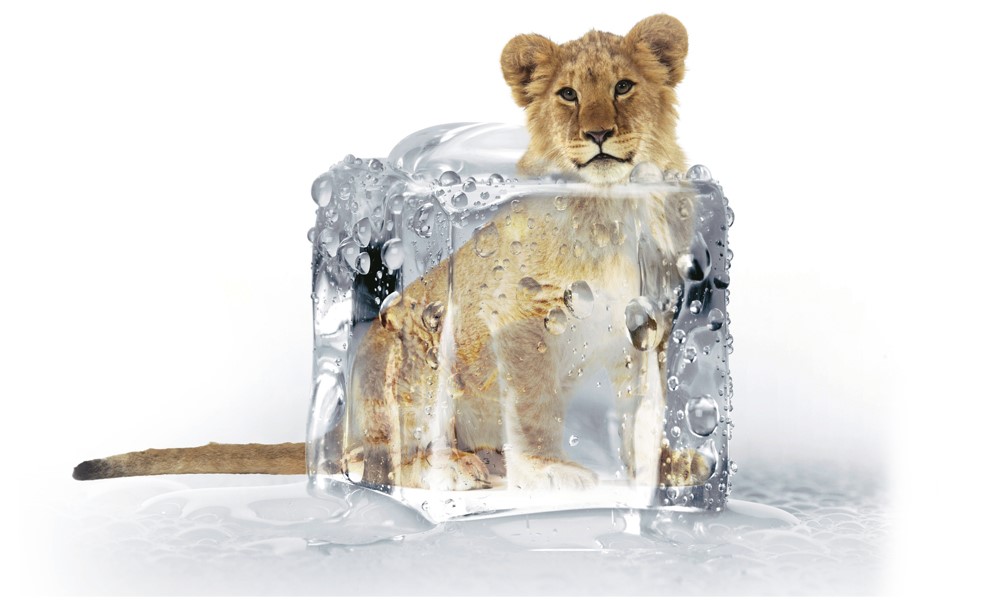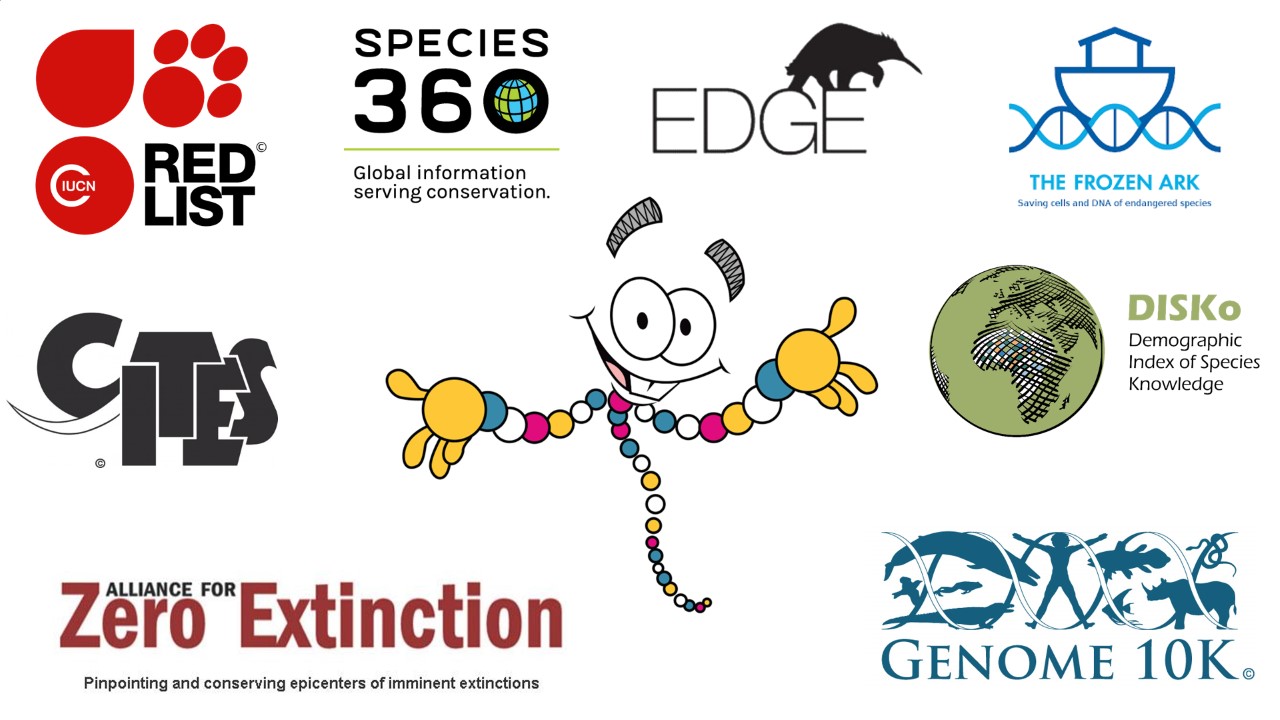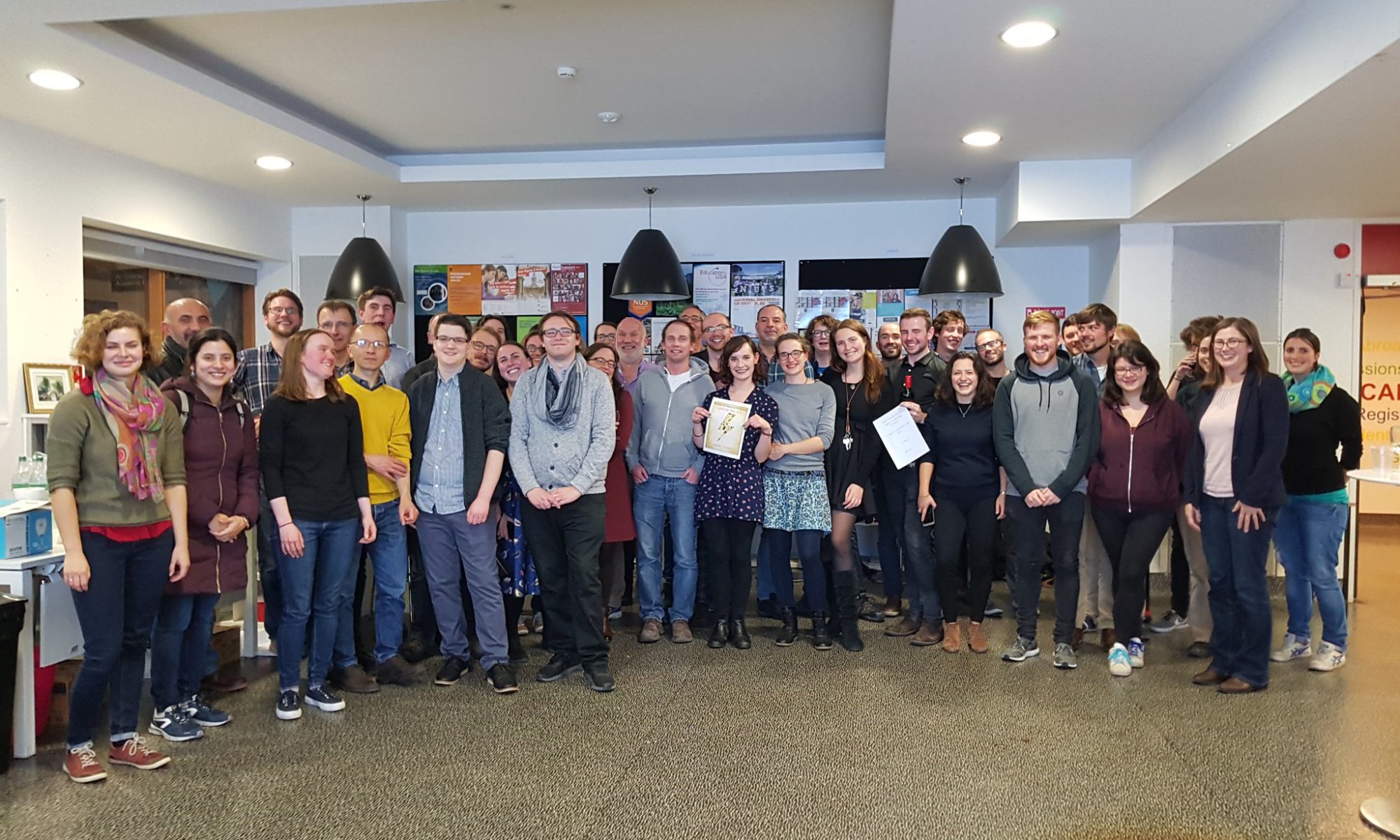- Why go to the zoo? - 28/02/2020
- Fulbright to the Frozen Zoo - 06/12/2019
- Lightning Strikes at TCD - 08/11/2017
Secret Vatican archives, xenophobia, de-extinction, parasitism and hoovers were just a few of the many topics on the menu at the 2017 School of Natural Sciences Lightning Talks. This annual event brought together 24 PhD students and Professors from across the Botany, Geography, Geology and Zoology disciplines to present their research and battle it out to win the respect of their colleagues (and bragging rights). The catch? Presentations were limited to 120 seconds, a difficult feat considering how much scientists like to talk about their own work!
The Zoology department was out in full force, with seven presentations and four prizes. For her work on parasites in freshwater systems, Maureen Williams was awarded the third prize. For telling us if invasive fish have parasites and which parasites those are, Paula Tierney was awarded the Nature+ prize. For bringing us on a biogeographical journey through speciation, Fionn Ó Marcaigh was given an honourable mention. Finally, for my own research looking at how to prioritise species for cryogenic storage in ‘frozen zoos,’ I was awarded the first prize on the night.

Frozen zoos are large reservoirs of cryogenically frozen and stored genetic material from numerous species. The largest frozen zoo in the world is kept within San Diego Zoo and houses more than 10,000 cell cultures, representing more than 1,000 species and subspecies. Although this is a substantial resource and many rare (and even extinct!) species are present in the collection, the way in which samples have been collected to date has been opportunistic and lacking a comprehensive plan or goal. As a result, we are likely missing key opportunities to collect samples from species which are on the brink of extinction or have already gone extinct.
This is where my work comes into play. Working with San Diego Zoo’s Institute for Conservation Research, I hope to develop a framework from which we can prioritise species for genetic sample collection. By ranking species based on different criteria from several key global databases such as IUCN and CITES (shown in the picture below), we can ensure that the way in which species are selected for genetic sampling occurs in a consistent and transparent manner and considers multiple interests. This will allow the limited resources available for wildlife conservation to be used appropriately and effectively.

By scoring species based on all these different criteria it may seem like we are playing a game with global wildlife populations – arbitrarily deciding which species to conserve or leave to extinction. But the power of these samples is immense. In 2000, the Pyrenean Ibex went extinct. However, using a single cryogenically stored tissue sample, it was cloned and in 2003 it became the first species in history to be brought back from extinction. If cryogenic storage is to be a viable and respected method of conservation moving forward, then it is critical that the way in which we select species to be included in frozen zoos is clear.
______________
About the Author
Andrew Mooney is a PhD student in Yvonne Buckley’s research group in the Department of Zoology, Trinity College Dublin. His research focuses on the role of zoos and aquariums in global wildlife conservation through the use of global databases. Find out more about his research here:
Website | TCD Zoology Profile
Twitter | @andymooney13
Research Gate | Profile
Google Scholar | Profile
LinkedIn | Profile


One Reply to “Lightning Strikes at TCD”